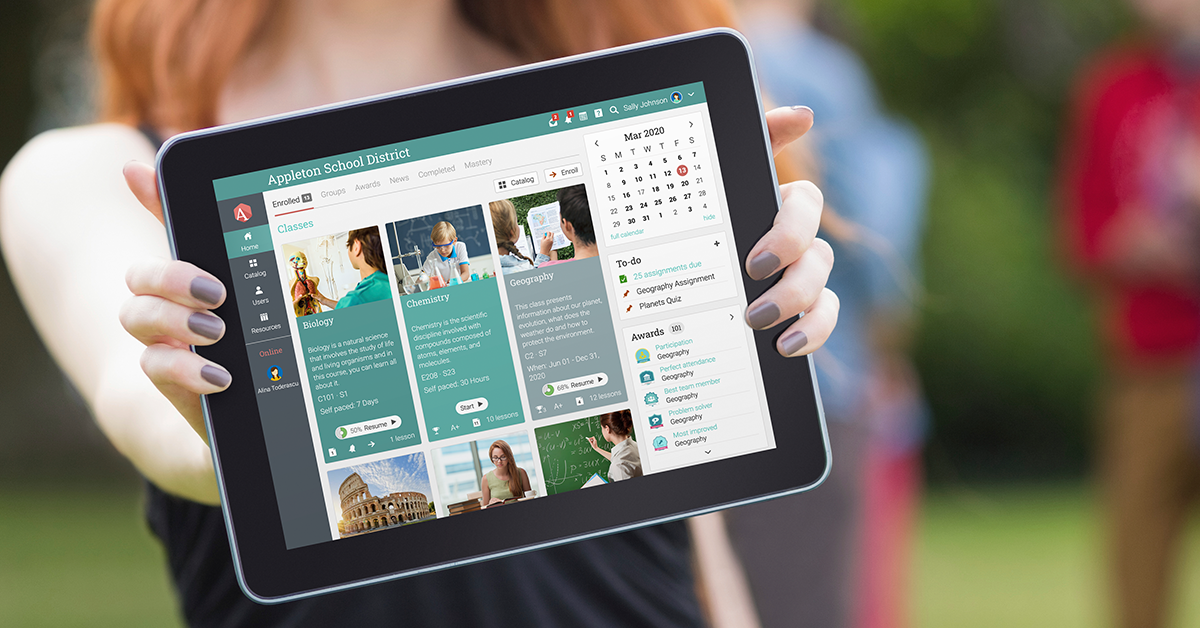A version of this post was originally published on February 4, 2020, in Open Access Government.
The number of middle school teachers has fallen dramatically in the last decade or so. Teachers everywhere point to high levels of stress, long working hours, unclear expectations, and not enough support as the main issues behind their decision to part ways with the education system. The teacher shortage is real and growing.
With smaller numbers of teachers, it’s easy for middle schools to fall in the vicious cycle of poor performance: fewer teachers means bigger classes, which means each student gets less teaching attention, which leads to worse grades, which reflect poorly on the teacher’s professional performance, which makes them want to get out of the system.
To break out of this cycle — or avoid it altogether — middle school teachers do need all the support they can get. This can come in various shapes and forms, but education technology will always be in the mix.
So let’s explore how teachers can harness edtech resources, with a focus on school learning management systems, to maximize their limited time and supplies, while also delivering a more engaging, personalized experience for middle school students.
How an LMS can help teachers keep older students engaged
Part of the challenge for middle school educators is being able to motivate and meet the individual needs of students at a time when abilities, interests, and willingness to learn can vary considerably.
The use of edtech tools such as learning management systems (LMS) can help teachers to improve the design and delivery of instruction, as well as to assess student progress. This can give a few hours back to teachers each week, allowing them more time to provide a more personalized learning experience for each student.
Here’s how the use of an LMS can help teachers keep older students engaged:
-
Better organization of resources
A learning management system allows teachers to host various types of learning materials in one centralized location, helping them to streamline their workloads and better plan ahead for future lessons. From the all too familiar textbooks to video recordings of lectures, audio files, YouTube videos, and everything in between, teachers can store and organize all types of learning materials, give access to students and track their behavior within the system. No lost documents anymore!
-
Self-paced learning
A cloud-based LMS allows students to go through learning materials at their own pace. Because of their different abilities and interests, students achieve mastery of concepts at different times. An LMS that supports self-paced learning offers students some degree of agency over their own learning process, thus meeting the needs of both high achievers and those who simply need more time to understand a part of a lesson.
-
Game-based learning
Teachers can also use such resources to increase engagement rates with gamification. Gathering points, collecting badges, and getting trophies are no longer associated just with games. A little competition can go a long way during the learning process and many school LMSs include gamification elements that make it easy to design engaging online lessons.
Read more: Why students love a game-based learning experience
-
Collaboration and communication
Face-to-face communication is not the only way to get a point across a classroom, and an LMS offers various ways of class collaboration. Students can use an LMS to ask questions when they don’t understand something, as well as offer answers and explain what they know, both among themselves and with the teacher, all when it’s most convenient for each user.
Read more: Classroom collaboration: Learning together
-
Improved student assessment
Assessment is a core element of the teaching process to ensure that students are fulfilling their potential and getting the support they need in areas where they are struggling. However, teachers often lack the time and tools to make such insights. An LMS encompasses different types of assessments to make the process more efficient. It can have even a dozen different types of built-in assessments, for either summative, interim or formative assessments, thus allowing teachers to mix and match the best type for any situation. Add to this a centralized gradebook, and the teacher’s administrative workload diminishes considerably.
Read more: Teacher tricks: Grading & assessment
-
Analytics and reporting
Teachers can further sort student learning data into comprehensible reports. Data is powerful. Teachers can create standard or custom charts and reports of data such as assignment grades, lesson progress, missing work, class completion, and so on. Therefore they can pinpoint exactly where one student might need extra help or when others could benefit from advanced resources.
NEO Guide: Analytics and reporting tools
-
Adaptive learning
Importantly, a great learning management system should come with a set of features that supports adaptive learning so that educators can tailor their teaching as the student learns. This means that as each student progresses through their learning trajectory, the system makes personalized recommendations of what that student needs to do next: redo the learning module, check further resources take, enroll in a different learning path, etc.
Read more: What every adaptive learning system should have
Conclusion
There are many ways in which education technology can ease the workload of middle school teachers while creating a better learning experience for students. A learning management system may not be the only example, but it sure is one of the most comprehensible solutions educators can turn to.
Also, a good LMS combined with targeted professional development and other types of school and community support may contribute to better retention of middle school teachers.







